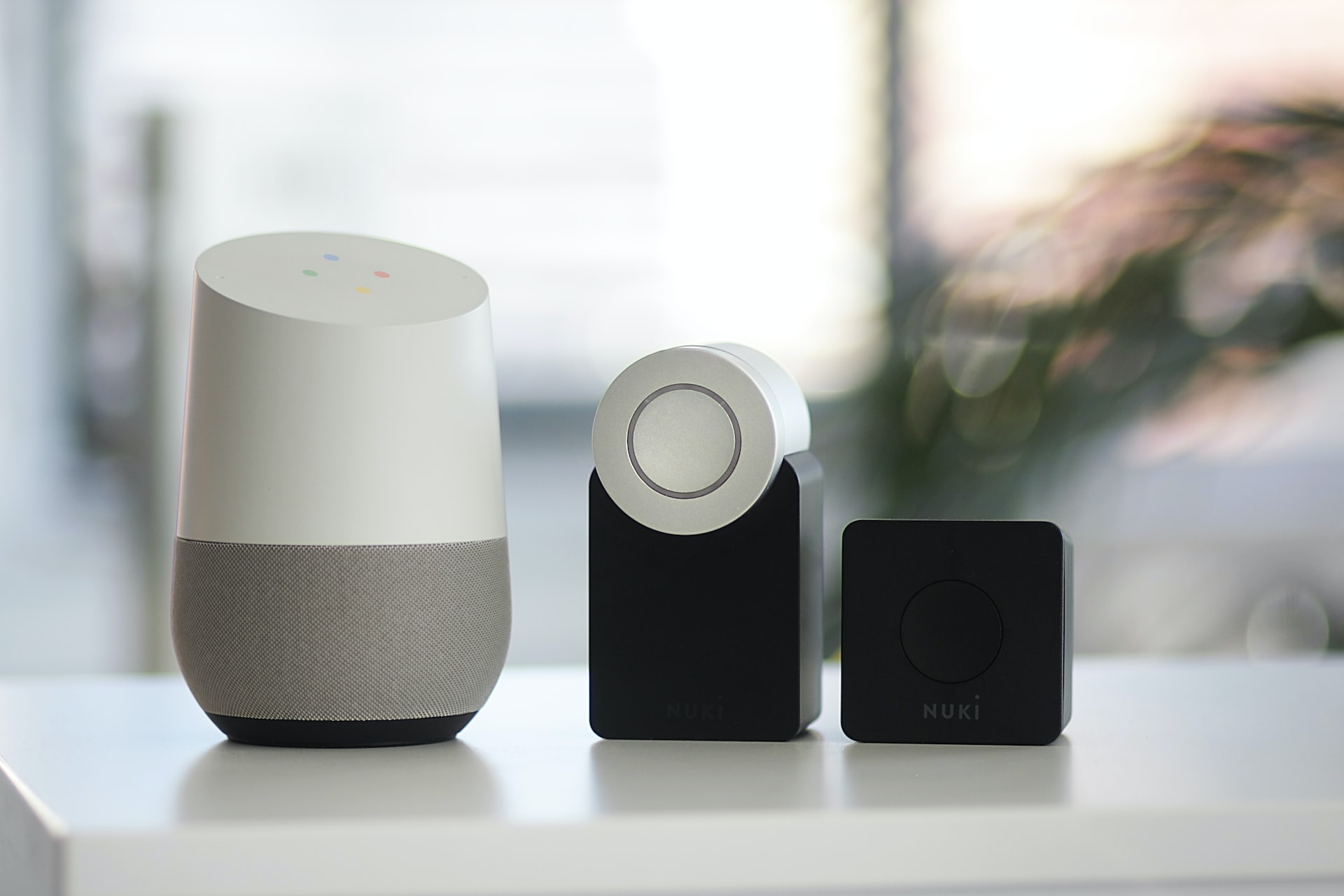The Internet Of Things: Understanding The Technology And Its Potential Uses

The Internet of Things (IoT) is a rapidly growing technology that connects everyday devices to the internet, allowing them to share and exchange data. This technology has the potential to revolutionize the way we live and work, by enabling new applications and services that were not possible before.
Technology behind IoT
The Internet of Things is made possible by advances in several technologies including sensors, communication protocols, and cloud computing. Sensors are devices that can detect physical properties such as temperature, light, or movement. Communication protocols are the rules and standards that devices use to communicate with each other over the internet. Cloud computing is the delivery of computing services over the internet, which allows data to be stored and accessed remotely.
One of the key technologies behind IoT is the development of low-cost, low-power microcontrollers. These are small computer chips that can be embedded in devices to enable them to connect to the internet. This allows devices to sense, process, and communicate data over the internet.
Potential uses
The Internet of Things has the potential to revolutionize many industries and fields. One of the most promising areas is smart homes. With IoT, appliances, lighting, and heating systems can be connected to the internet, allowing them to be controlled and monitored remotely. This can lead to energy savings, improved comfort and convenience, and increased security.
Another area where IoT has the potential to make a significant impact is in the field of healthcare. IoT devices can be used to monitor patients remotely, allowing doctors and caregivers to track vital signs and manage chronic conditions.
In addition, IoT has potential uses in transportation, logistics, and manufacturing. For example, IoT can be used to optimize transportation routes, track inventory, and improve the efficiency of manufacturing processes.
Challenges
Despite the potential of IoT, there are still many challenges that need to be addressed. One of the main challenges is the lack of standardization. As IoT is a relatively new technology, there is still much work to be done in developing standards and protocols that allow devices to communicate and work together.
Another challenge is the security of IoT devices. As more devices become connected to the internet, the risk of cyber-attacks increases. Ensuring the security of IoT devices will be crucial in protecting personal and sensitive information.
Conclusion
The Internet of Things is a rapidly growing technology that has the potential to revolutionize the way we live and work. It is made possible by advances in several technologies including sensors, communication protocols, and cloud computing, and has the potential to be applied in many industries and fields, such as smart homes, healthcare, transportation, logistics, and manufacturing.
However, there are also challenges that need to be addressed, such as the lack of standardization and security of IoT devices. As technology continues to evolve and mature, we can expect to see more IoT-enabled devices and services and increased integration of IoT technology into our daily lives. It’s important to be aware of the potential uses and challenges of IoT so that it can be used in the most efficient and secure way possible.
Resources:
- What Is the Internet of Things (IoT)?
- What Are IoT Sensors? Types, Uses, and Examples
- Standardised Communications Protocols | ARDC
- What Is Cloud Computing? A Beginner’s Guide | Microsoft Azure
- The Best Smart Home Devices for 2023 | PCMag
- IoT in Healthcare Industry | IoT Applications in Healthcare – Wipro
- 5 Major Applications of IoT in Transportation – Conure
- IoT in Manufacturing: 8 Use Cases & Upcoming Trends
- 6 Widespread Applications of IoT in Logistics Industry





